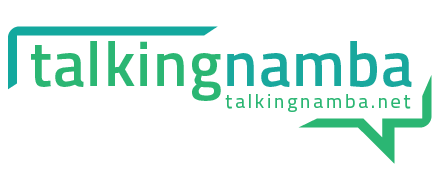Where are they now?
Reads numerals to 99, locates to 10
Compares and orders to 30
Where to next?
Reads, compares and orders to 99
Locates numbers to 20
Purpose
Purpose: Understanding about the size of numbers, and how this relates to their order and their ‘distance’ from other numbers, gives students the ability to work with numbers more meaningfully and helps students to build skills such as estimation.
Activities and Assessments (designed to move students from step 4 to step 5)
Race to One Hundred
Focus: As part of the game design, students are required to both name (verbally state the name of a given two-digit number) and locate a specific numeral on a one hundred chart. The teacher should ensure that students work towards being able to do this with minimal help by helping students to see the patterns in the naming and sequencing of two-digit numbers. As part of this strategy, students should also be asked to identify numbers – that is to locate numbers that are named by the teacher.
The Sequencing Game – Beginner’s variation
Focus: As in Race to One Hundred, students must make and name two-digit numbers by spinning spinners and/or drawing cards. In this game however, sequencing is more directly built into the game design. Students must carefully consider the implications of place value when they arrange their two digits to make a number and, connected with this, they must be mindful of where they place their number on the board as numbers must follow an order from smallest to largest between the 0 and the 100. Accordingly, students should be encouraged to initially place the smaller numbers towards the zero and the larger numbers towards the 100 to give themselves the best chance of fitting in subsequent numbers.
How:Students are each given a Sequencing Game board, either laminated (using a white-board marker to write) or just as a printed sheet (using a pencil). The game is best played in pairs or at most in groups of three. Students take turns in spinning two spinners (or drawing two cards) which give the digits from which the students make a two digit number, name it, and write it in one of the squares on the game board. On subsequent turns, each student must try to make a number that can be placed on the board, considering that the numbers must be ordered according to size, between the 0 and the 100. If a student cannot place a number without disrupting the order of smaller to larger, they must miss a turn. The first student to fill all of the squares on their board is the winner.
Questions to ask students during this activity: “Which number will you make the 10s?“, “Should your number be more than half way or less than half way?”, “Which number is half way between zero and one hundred?”, “Should it be closer to the end or to the middle?”
Links
References to Other Resources
